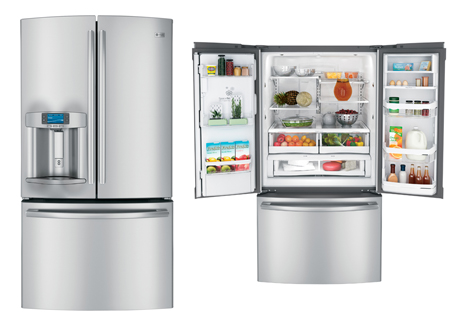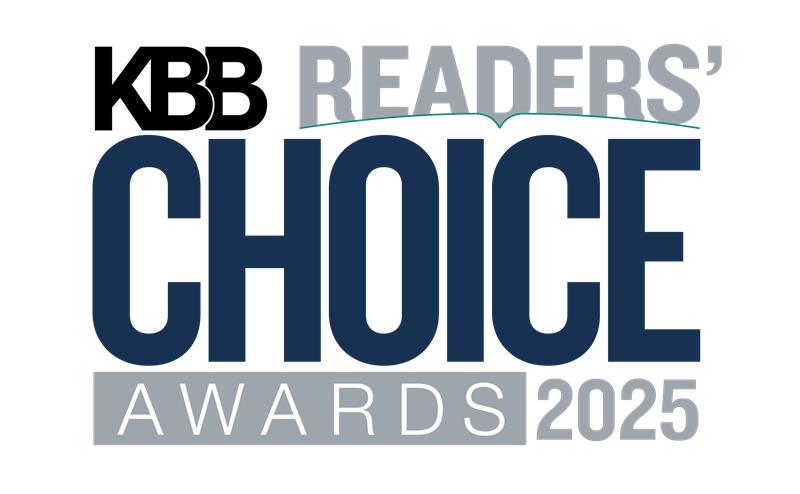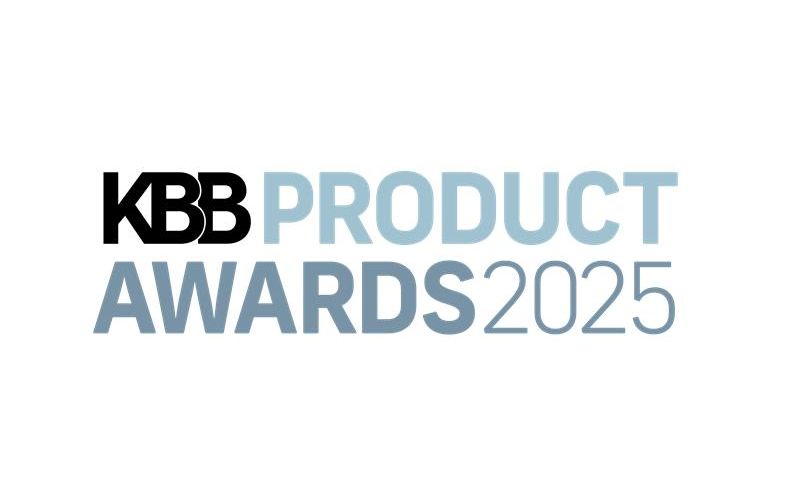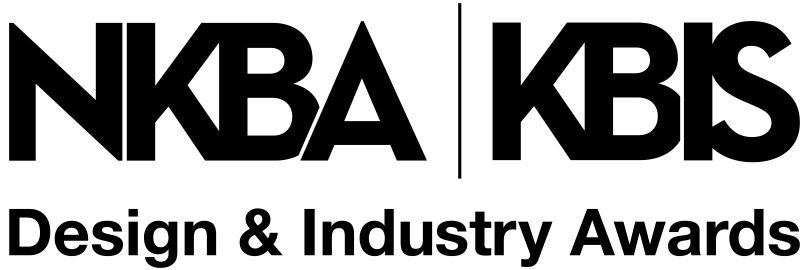Energy-saving refrigerators, it’s universally agreed, are a smart idea. But are “smart” refrigerators energy-saving? Finding an answer to that question is a convoluted process, and the result is to no small extent contingent on defining “smart.”
As the most energy-hungry element of the kitchen (responsible for up to 20 percent of a typical household’s electricity consumption) the refrigerator is the logical target for technological experiments and improvements. As well, its ample surface area—a kind of stainless-steel blank canvas, if you will—presents manufacturers with a highly visible location for the all-important user interface.
Many consumers equate smartness with such electronic entertainments as TVs, music players, digital picture displays and the like, which have been integrated into the fridge. While on track with our seemingly endless love affair with hi-tech gizmos, redundant technologies like these (that’s assuming there’s a TV, a computer or an iPod somewhere on the premises) can actually be wasteful from an energy-consumption point of view.
MAKING CONNECTIONS
At the other end of the spectrum, some in the industry are taking a more pragmatic perspective on the concept by focusing strictly on the appliance’s role in the still-evolving Smart Grid. GE’s Brillion connected-home technology, in conjunction with its Nucleus controller, coordinates the refrigerator’s energy needs with off-peak power rates and will be incorporated into some of its new French door models (shown above). When linked up with a nationwide network of electricity providers, it has the potential to offer concrete payback for the consumer in the form of decreased utility costs.
Occupying a burgeoning middle ground is a category of features that might be better called “clever” rather than smart, as the refrigerator is responding to homeowner prompts made via phone or computer; such conveniences are not automatically generated by the appliance. Examples of these apps include grocery-tracking capability and menu-planning functions.
Before appliances can truly communicate about energy usage, a consortium of stakeholders must do so. There’s certainly a considerable amount of brain power directed at the issue. Federal agencies, utility companies and appliance manufacturers have been making progress on establishing common goals and protocols for energy management in the home. In March 2012, the National Institute of Standards and Technology released the latest version of its “Framework and Roadmap for Smart Grid Interoperability Standards,” a collection of specifications and guidelines that will govern all participants in the Smart Grid program, after receiving input from the Association of Home Appliance Manufacturers.
REAL BREAKTHROUGHS
As far as refrigeration engineering is concerned, the development of linear compressors constitutes a genuine breakthrough in efficient performance, with claims of up to 30 percent energy savings. Unlike traditional oil-based compressors, these use compressed-gas bearings that minimize friction during operation. Their motors are more compact and are driven by an oscillating action rather than a rotating crank. Instead of cycling on and off to maintain cooling temperatures, linear compressors run continuously at a slower or faster rate in response to ambient conditions. Of course, the design of these new compressors is competitive and ever advancing; LG and Fisher & Paykel are two companies actively exploring this technology.
Up to this point, product innovation that targets end-users has been mostly transparent in nature, focusing on processes such as optimizing energy consumption and monitoring the performance of the appliance. But looking ahead, some are aiming to transcend that realm and make the refrigerator itself an active, physical design component. In collaboration with the British supermarket chain Ocado, researchers at the University of Central Lancashire are looking into “nano-articulated technology,” where the fridge’s shelves are made of millions of tiny individual tiles. These allow the appliance to move its contents around, ensuring that foods nearing their expiration dates are shifted to the front of the shelf. It remains to be seen if such automated legerdemain will be energy conscious.
So while at present the discussion of smart, energy-saving appliances is a bit murky, a direction is emerging. As the residential construction industry regains its footing and as manufacturers, utilities and regulators move in sync towards a shared understanding of the subject, it’s very possible that refrigerators of the not-distant future will successfully combine intelligence with efficiency.









